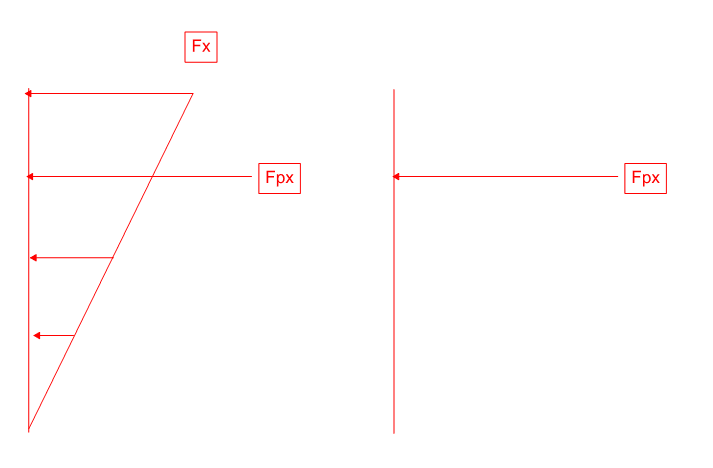IrvStrucNewbie
Structural
- Dec 20, 2018
- 7
Hi all,
I've tried using the search function here but did not find any useful results. I am curious about the common practice at your office regarding applying the diaphragm force Fpx.
When doing a diaphragm analysis for a multi-story building, do you apply Fx on all the levels and replace the level of interest Fx with Fpx; or do you only apply the Fpx at that level because it is already amplified for higher mode effects? See the attached diagram below for an illustration.

I have got different opinions from different offices but just want to see what other people use.
I've tried using the search function here but did not find any useful results. I am curious about the common practice at your office regarding applying the diaphragm force Fpx.
When doing a diaphragm analysis for a multi-story building, do you apply Fx on all the levels and replace the level of interest Fx with Fpx; or do you only apply the Fpx at that level because it is already amplified for higher mode effects? See the attached diagram below for an illustration.

I have got different opinions from different offices but just want to see what other people use.
